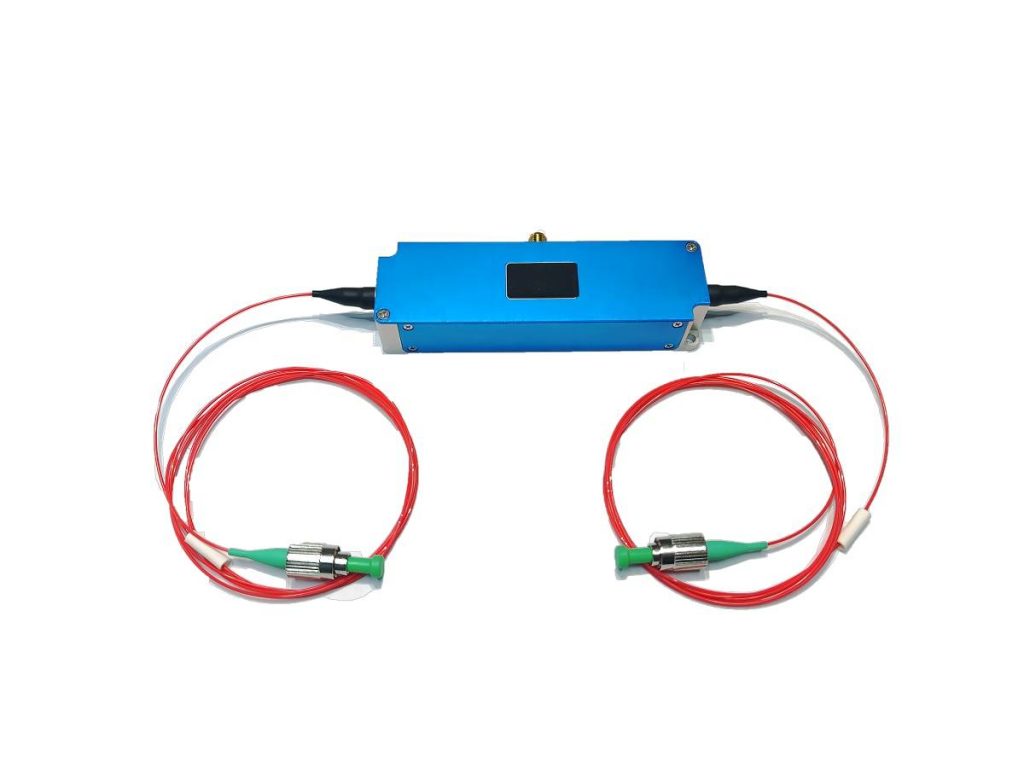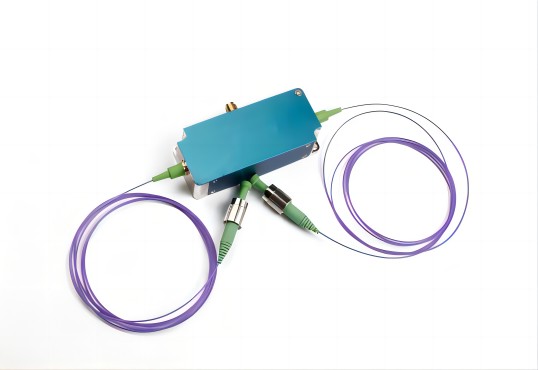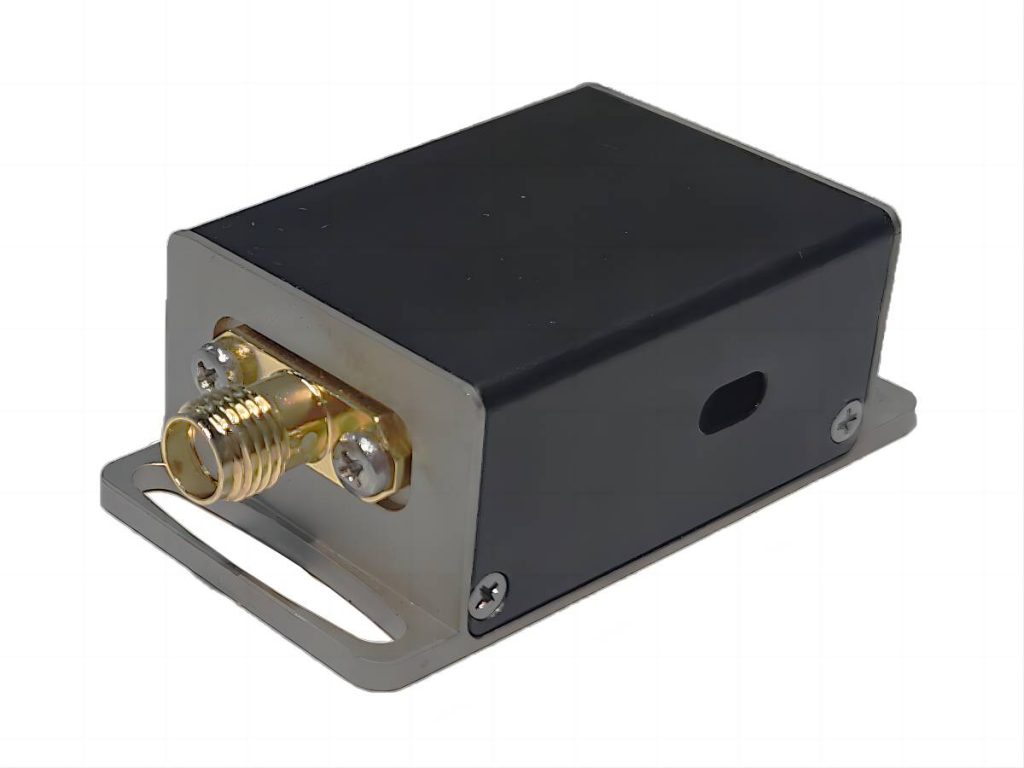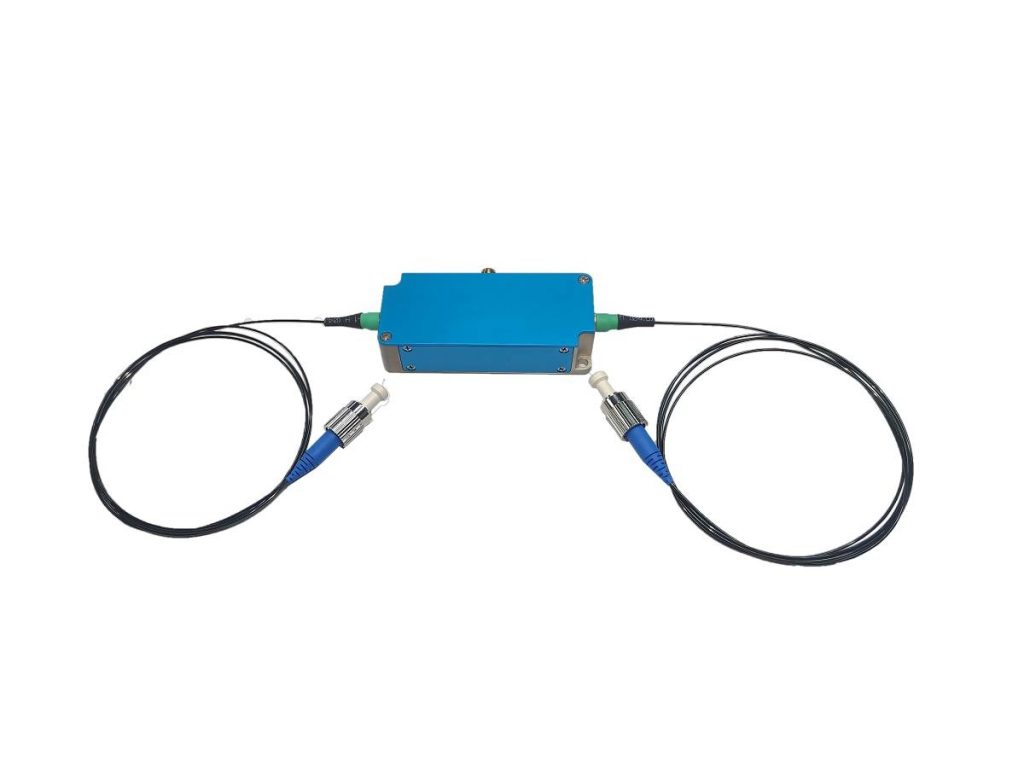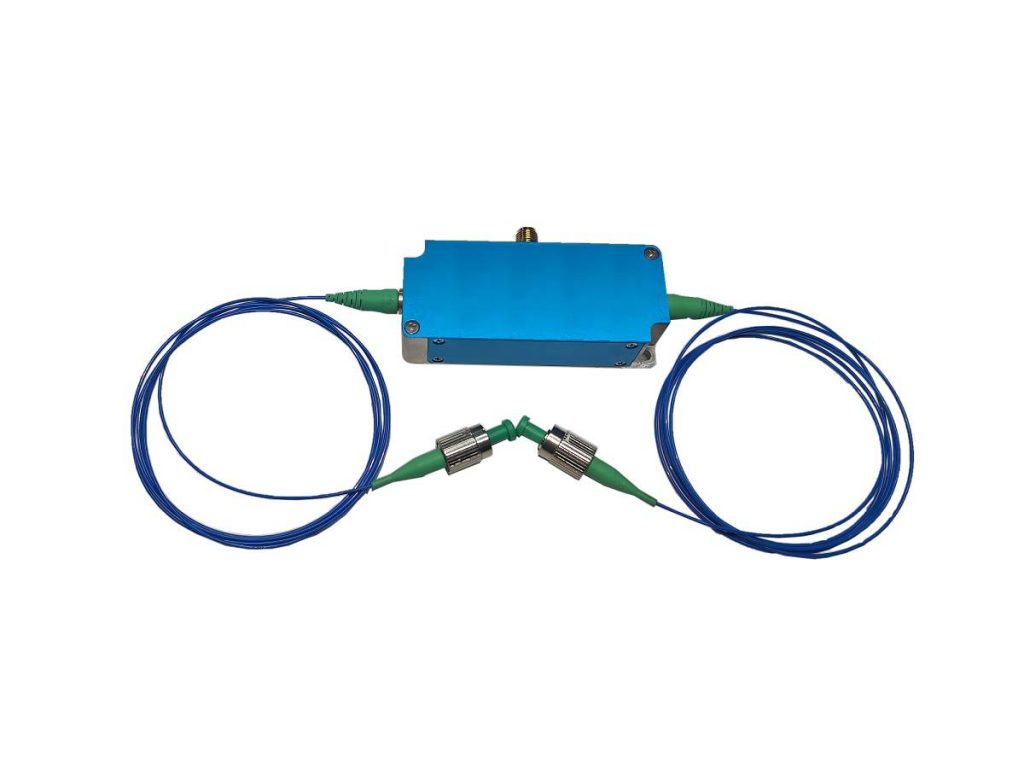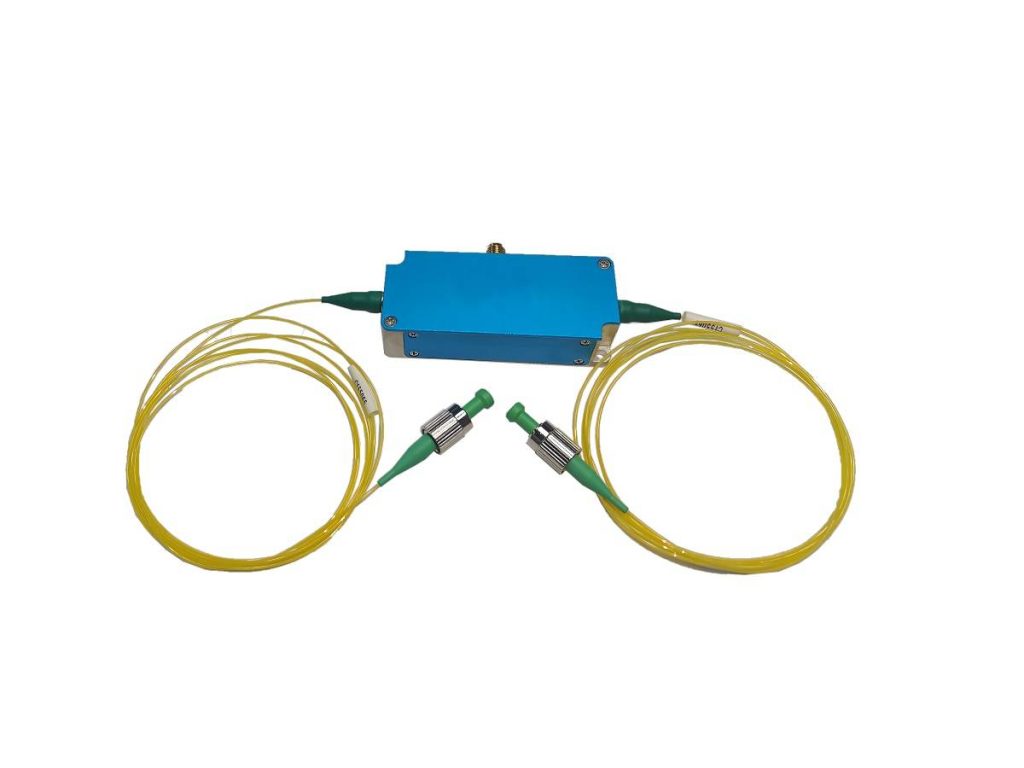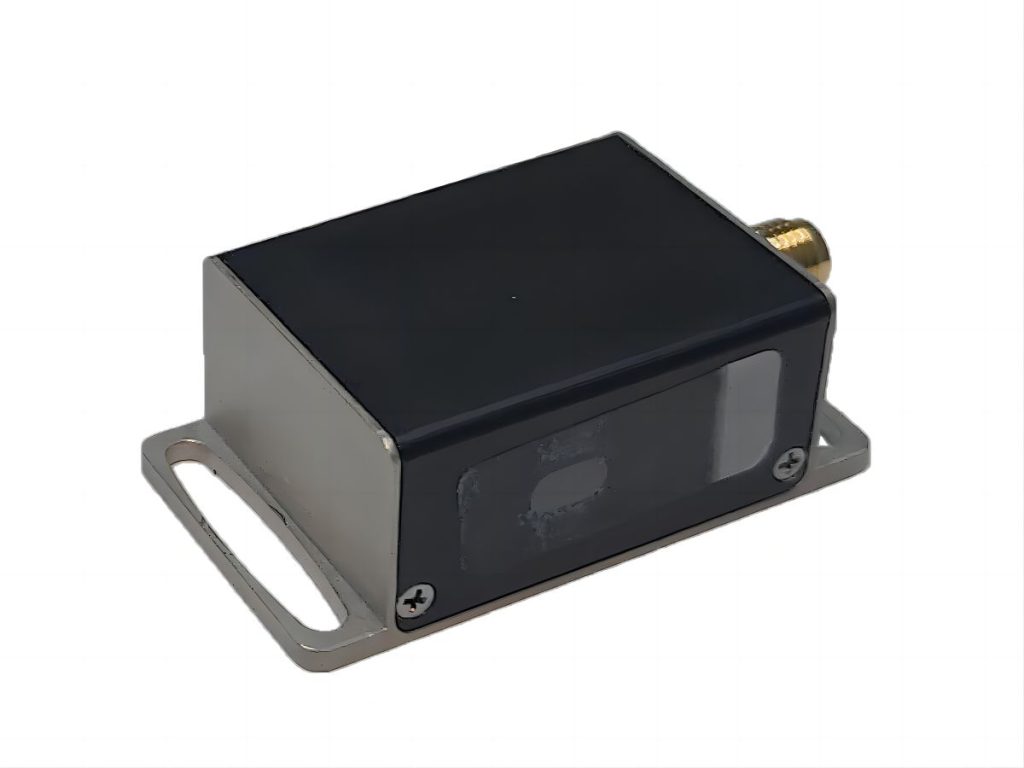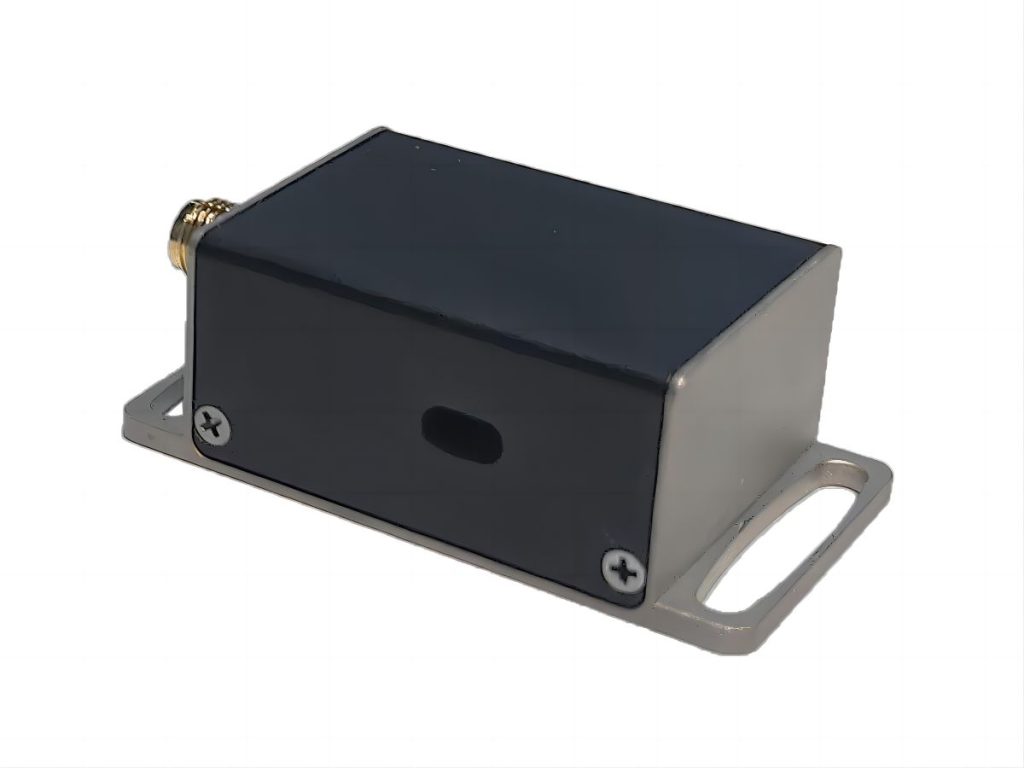Types and Applications of Acousto Optic Modulators
Acousto optic modulators (AOMs) are indispensable components in various optical systems, serving as crucial elements in laser technology, optical communications, and spectroscopy. They leverage the acousto-optic effect to modulate light beams, providing versatile functionalities such as intensity modulation, frequency shifting, and beam deflection. Understanding the different types of AOM modulators and their applications is crucial for optimizing their use in diverse scientific and industrial fields.
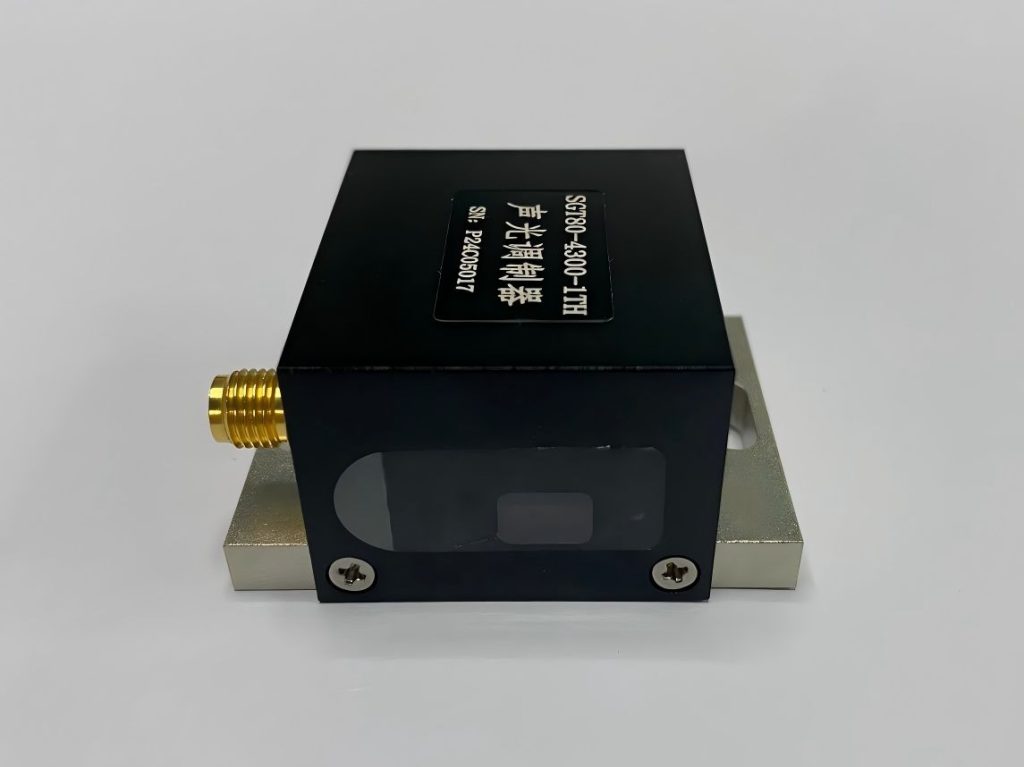
Main Types of Acousto-Optic Modulators
1. Free-Space Acousto-Optic Modulators
Free-Space Acousto-Optic Modulators are designed for applications where laser beams need to be modulated in free space. These modulators perform digital or analog intensity modulation of laser beams by using sound waves to vary the refractive index in the medium. The modulation is often achieved through the application of varying frequencies or amplitudes of the sound waves.
Characteristics
Free-Space AOM modulators typically require cooling systems to maintain stable operation. This cooling is essential to ensure reliable performance, especially in high-power laser applications. The modulator’s design allows for precise control of the light beam, making it suitable for various high-performance applications.
Applications
These free-space AOM modulators are used in fields such as laser processing, LiDAR (Light Detection and Ranging), and optical imaging. In laser processing, they control the intensity of the laser beam to achieve desired material effects. In LiDAR systems, they are employed for beam modulation to accurately measure distances. Optical imaging applications benefit from the precise beam control offered by free-space AOMs.
2. Fiber-Coupled Acousto-Optic Modulators
Fiber-coupled acousto-optic modulators are specifically designed for use with fiber lasers. They allow for direct modulation of the laser output within the optical fiber, eliminating the need to extract the beam from the fiber. This design simplifies the optical system and improves the stability and efficiency of the modulation process.
Characteristics
The fiber-coupled design enhances modulation stability and efficiency by minimizing optical losses and maintaining alignment. This configuration is particularly advantageous for applications requiring high precision and control over the laser output.
Applications
Fiber-coupled AOMs are commonly used in precision measurement and biomedical imaging. In precision measurement, they provide accurate control over laser outputs for detailed measurements. In biomedical imaging, their stability and efficiency contribute to high-quality imaging results, essential for applications such as microscopy and imaging of biological samples.
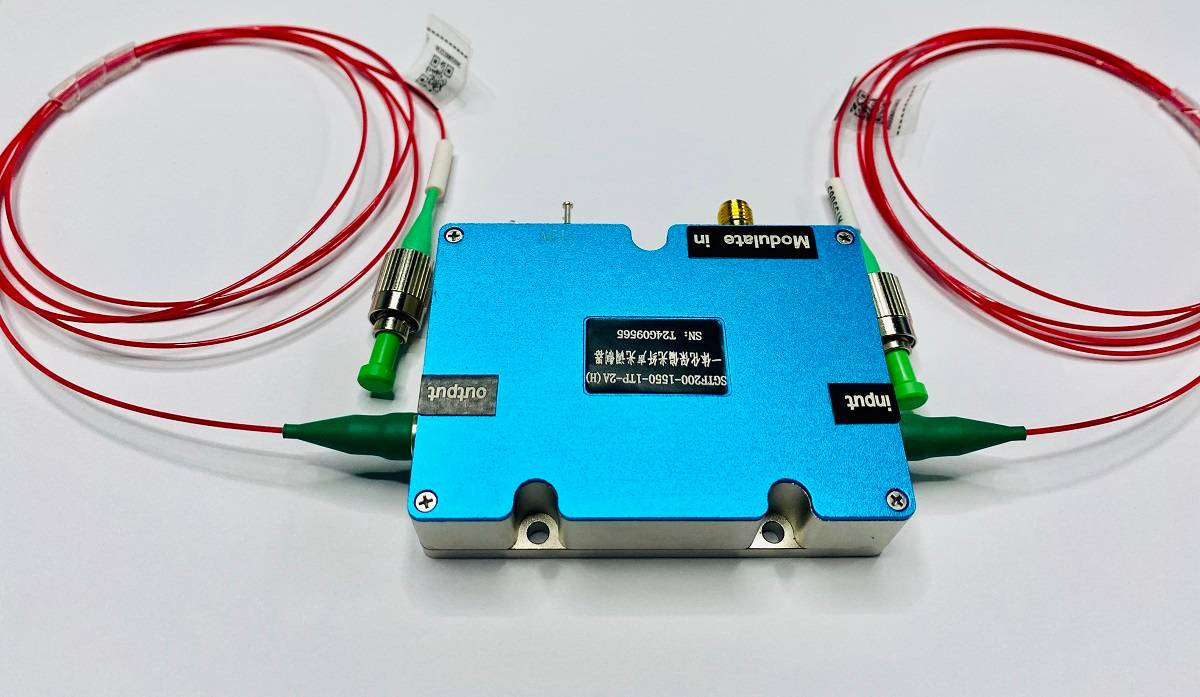
3. Raman-Nath Acousto-Optic Modulators
Raman-Nath Acousto-Optic Modulators operate at lower ultrasonic frequencies compared to other types. In these devices, the light beam interacts with sound waves perpendicularly, leading to multiple orders of diffraction. The interaction occurs over a short distance, resulting in a diffraction pattern that includes several diffracted orders.
Characteristics
The Raman-Nath AOM modulator is characterized by its ability to produce multiple diffraction orders. This feature is beneficial in experiments that require beam splitting or shaping, as it allows for the separation and manipulation of different beam components. However, the diffraction efficiency tends to be lower compared to other types of AOMs.
Applications
Raman-Nath AOM modulators are particularly useful in optical experiments involving beam separation and shaping. In spectroscopy, they enable the precise control of light beams for applications such as spectral analysis and wavelength division. Their ability to produce multiple diffraction orders makes them suitable for complex optical setups where beam manipulation is critical.
4. Bragg Acousto-Optic Modulators
Bragg acoustic optical modulators are designed to operate at higher ultrasonic frequencies. When a light beam enters the modulator at a specific angle known as the Bragg angle, it interacts with the sound waves to produce only the 0th and 1st-order diffracted light. This configuration leads to high diffraction efficiency and minimal insertion loss.
Characteristics
The Bragg AOM modulator stands out due to its high diffraction efficiency and low insertion loss. The design allows for efficient modulation with minimal energy loss, making it an excellent choice for high-speed applications. The device’s ability to work over a broader wavelength range further enhances its versatility.
Applications
Bragg acoustic optical modulators are widely used in high-speed data transmission and signal processing. Their high diffraction efficiency makes them ideal for optical communication systems where rapid and efficient modulation is crucial. Additionally, they are employed in various signal processing applications, including optical switches and modulators in advanced communication networks.
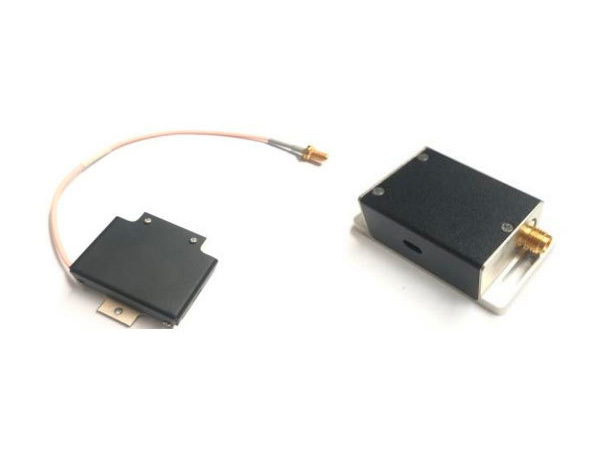
5. Litter Acousto-Optic Modulators
Litter Acousto-Optic Modulators are known for their high modulation frequency and low power consumption. They are designed to handle applications requiring rapid modulation and low energy usage, making them suitable for high-speed signal processing tasks.
Characteristics
The high modulation frequency and low power consumption of Litter AOM modulators make them ideal for applications where speed and efficiency are crucial. Their design allows for quick modulation of laser pulses, which is essential for high-precision tasks.
Applications
Litter AOM modulators are used in high-precision spectroscopy and laser radar systems. In spectroscopy, they enable rapid modulation of light for detailed spectral analysis. In laser radar systems, their high-speed modulation capabilities contribute to accurate distance measurements and object detection.
Other Variants of Acousto-Optic Modulators
In addition to the main types discussed, there are several other variants of AOMs, including:
- Acousto-Optic Deflectors (AODs): These devices use acoustic waves to create a dynamic diffraction grating that deflects light beams. By adjusting the frequency or amplitude of the sound waves, the deflection angle and intensity of the light beam can be controlled, allowing for rapid and precise beam steering.
- Acousto-Optic Q-Switches: Acousto-optic Q switch devices modulate the loss within a laser cavity to control the generation of laser pulses. When activated, the acoustic waves reduce the cavity losses, allowing the laser to generate pulses. This modulation capability is crucial for applications requiring precise pulse control.
- Tunable Filters: These devices use the acousto-optic effect to select specific wavelengths or control pulse widths. They are essential for applications requiring wavelength tuning or filtering in optical systems.
Applications
- Acousto-Optic Deflectors: Used in beam scanning and laser display applications where precise control of the light beam’s direction is required.
- Acousto-Optic Q Switches: Applied in laser pulse generation and shaping, crucial for applications such as laser marking, imaging, and scientific research.
- Tunable Filters: Employed in wavelength selection and pulse width control for applications including spectroscopy and optical communication.
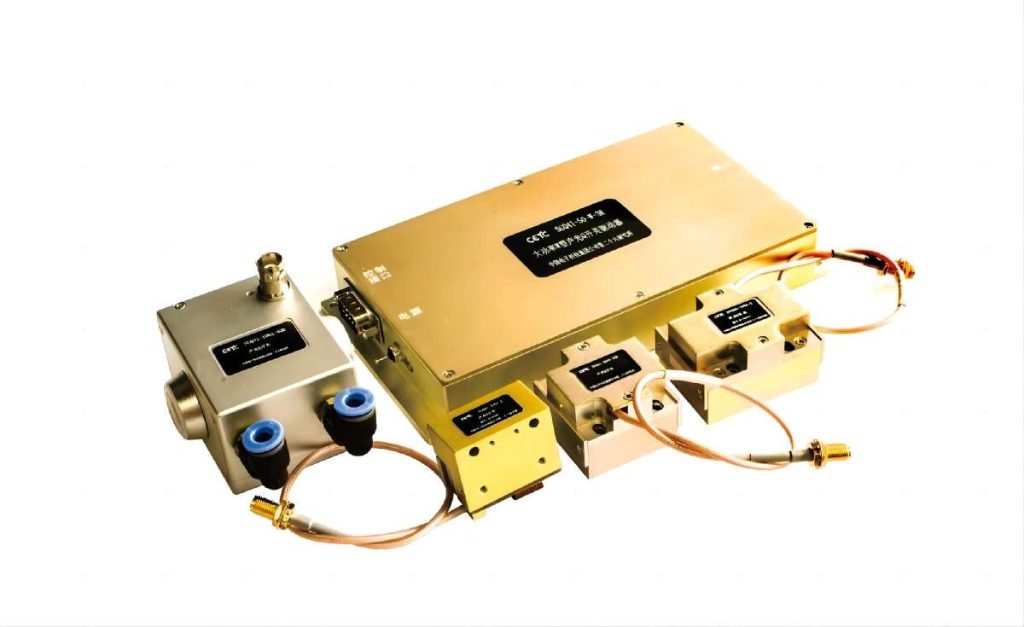
Conclusion
Acousto optic modulators play a vital role in modern optical technologies, offering a range of functionalities from beam modulation to high-speed data communication. Each type of AOM has distinct characteristics and applications, making them suitable for specific tasks in laser systems, optical communication, and spectroscopy. By understanding the different types of AOMs and their applications, one can select the most appropriate device for a given optical system, ensuring optimal performance and functionality. As technology advances, the development of new AOM variants and improvements in existing designs will continue to enhance their capabilities and applications across various fields.

